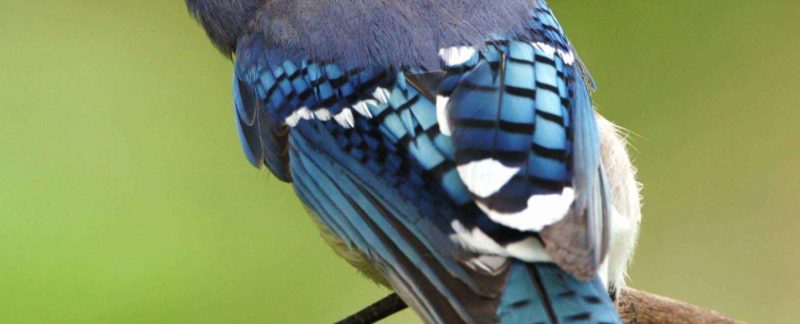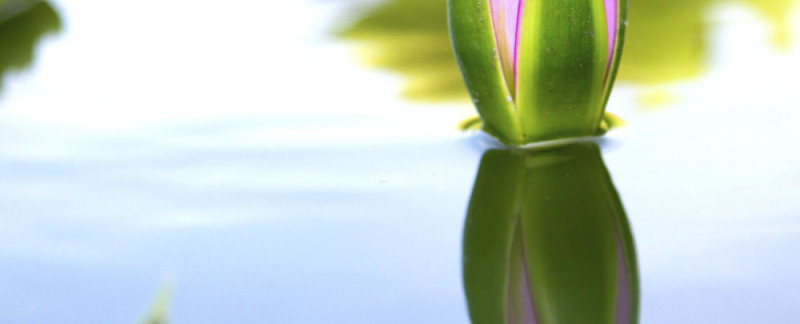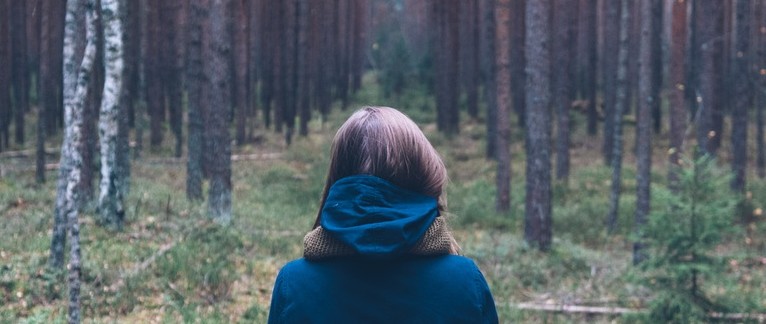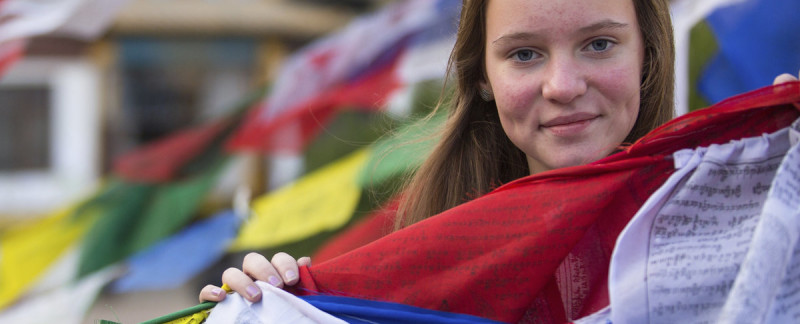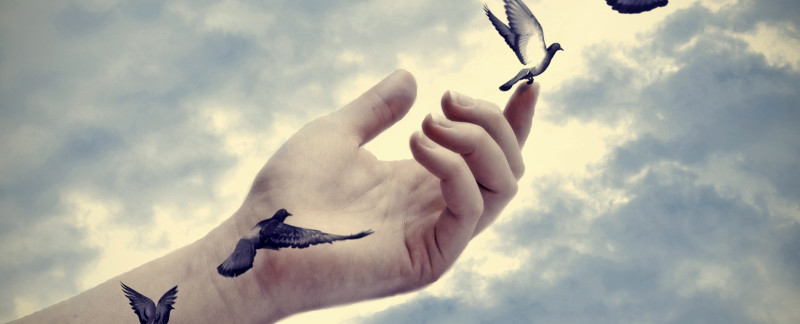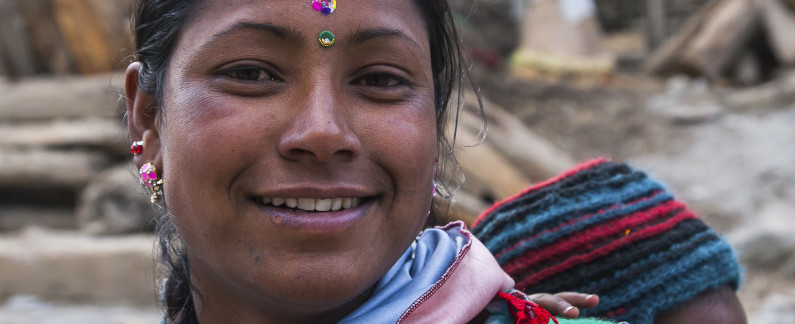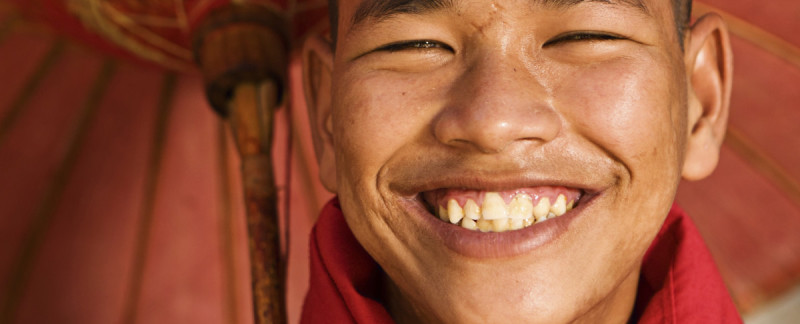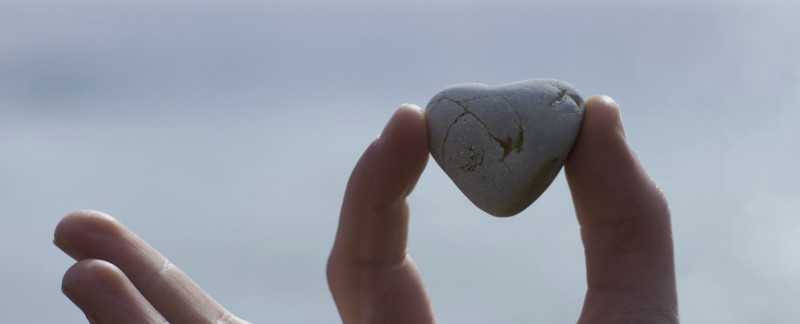The cool, wet weather has arrived here in town. This, and the many tasks of a modern life, kept me from spending as much time in nature as my heart felt called towards this past week. So, when the night’s downpour subsided, and a little sun peeked out Sunday afternoon, I knew it was time to head up into the east-side trails of Westwood Hills Park to receive nature’s generosity.
The new green grass, scent of bay laurel and eucalyptus, and fall leaves decomposing all around me felt so nourishing to drink in with senses awake. And, coming upon, first by sound, then by sight, typically dry steam beds, drenched with the swift flow of fresh rain water, was a simple and wondrous delight to extend my stride across, with a little hop, as they slipped across my path.
After a short while of meadows and forest, winding ups and downs, I came upon one of my favorite fallen oak trunks (still alive while horizontal), lied down on my back with knees bent, lower back comfortable against the flat bark, and took 15 minutes to see the leaves rustle in the light gusts of wind, the contrast of the green and brown against the faded blue sky, the cloud wisps floating through space, a busy week’s restlessness percolating in the body, some thoughts coming and going, here and there. But, mostly, just receiving– resting back into trunk and leaf and earth and sky. I received the stillness of the forest amongst the movement. And, after about 15 minutes of being (vs. doing), I felt my body settle, let go, and drop-in to the stillness that, as meditation teacher Kittisaro often says, “is always here and now.”
Gratitude. A winter’s delight.
As we greet this winter solstice, what is calling to our hearts? What will you say yes to this winter season? What will nourish your being and help you to steady yourself, touch stillness and awe amongst the storms, know deep connection beside the illusion of separateness, know wide-view amongst the swirl of ever-shifting details, know kindness amongst the pull to grab on tight and/or push it all away?
May our clear, vibrant intentions be our north star this winter season. May we, the earth, and all life, know safety and well-being, and (in simple moments of wakefulness) touch deep peace.







